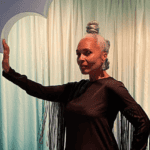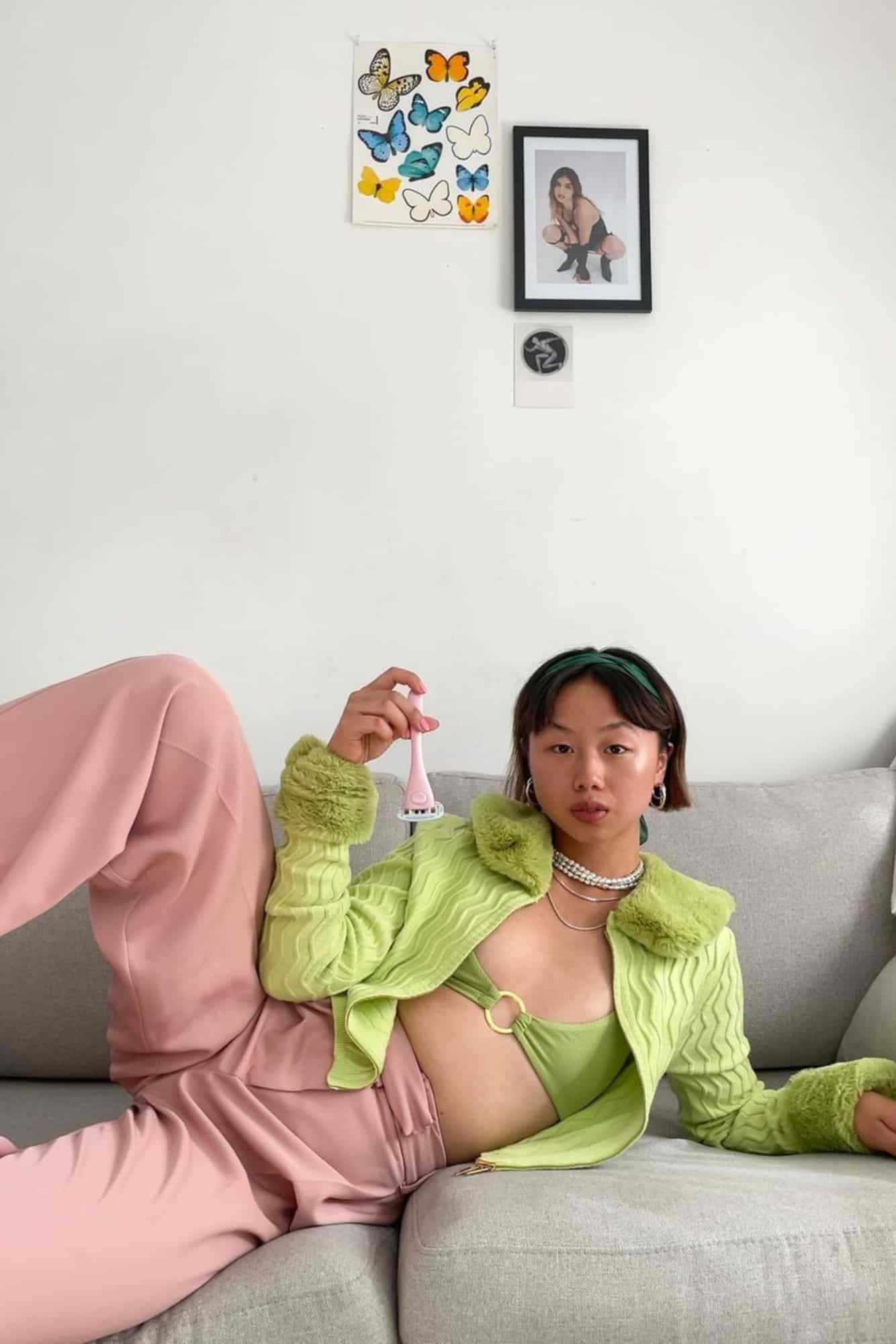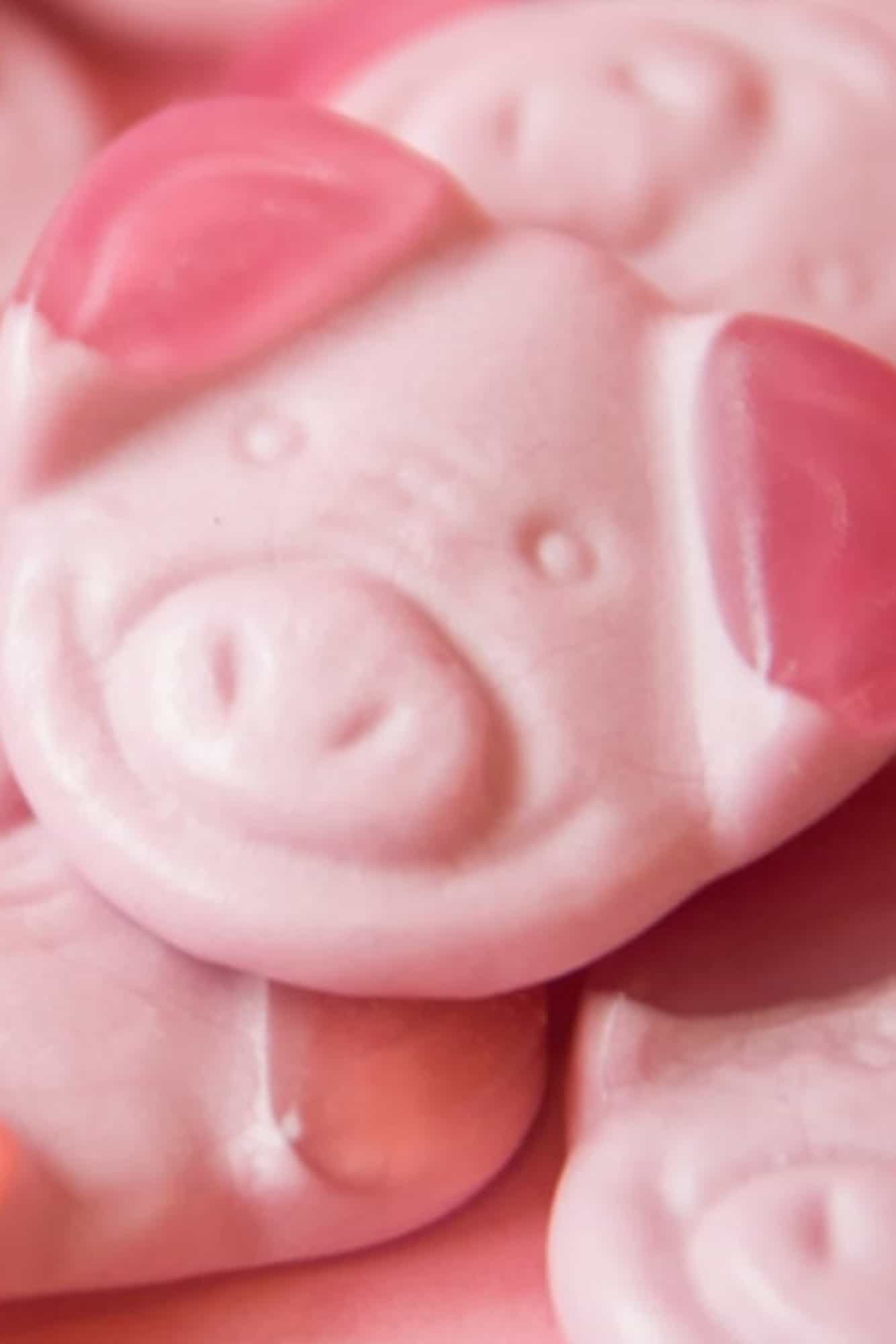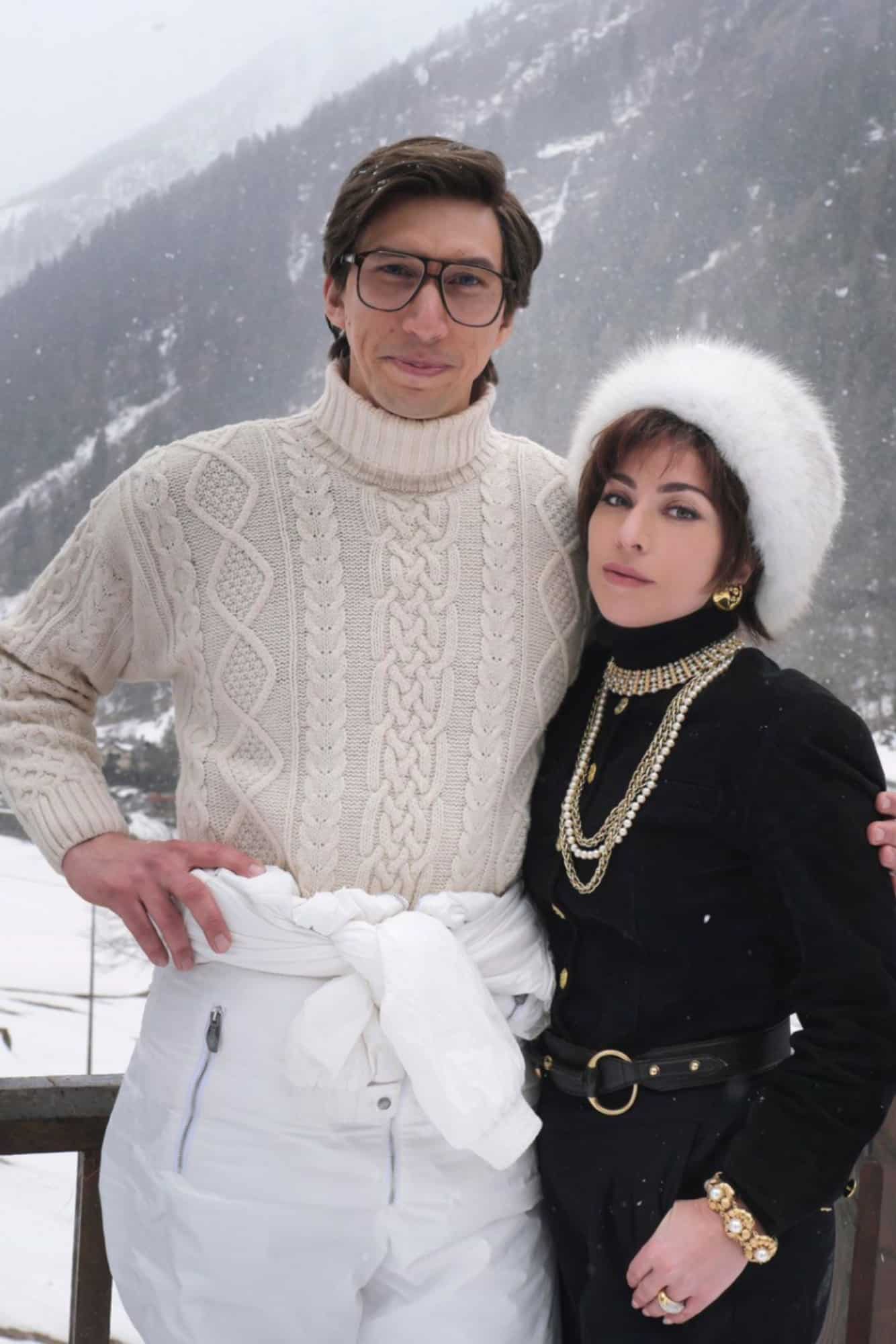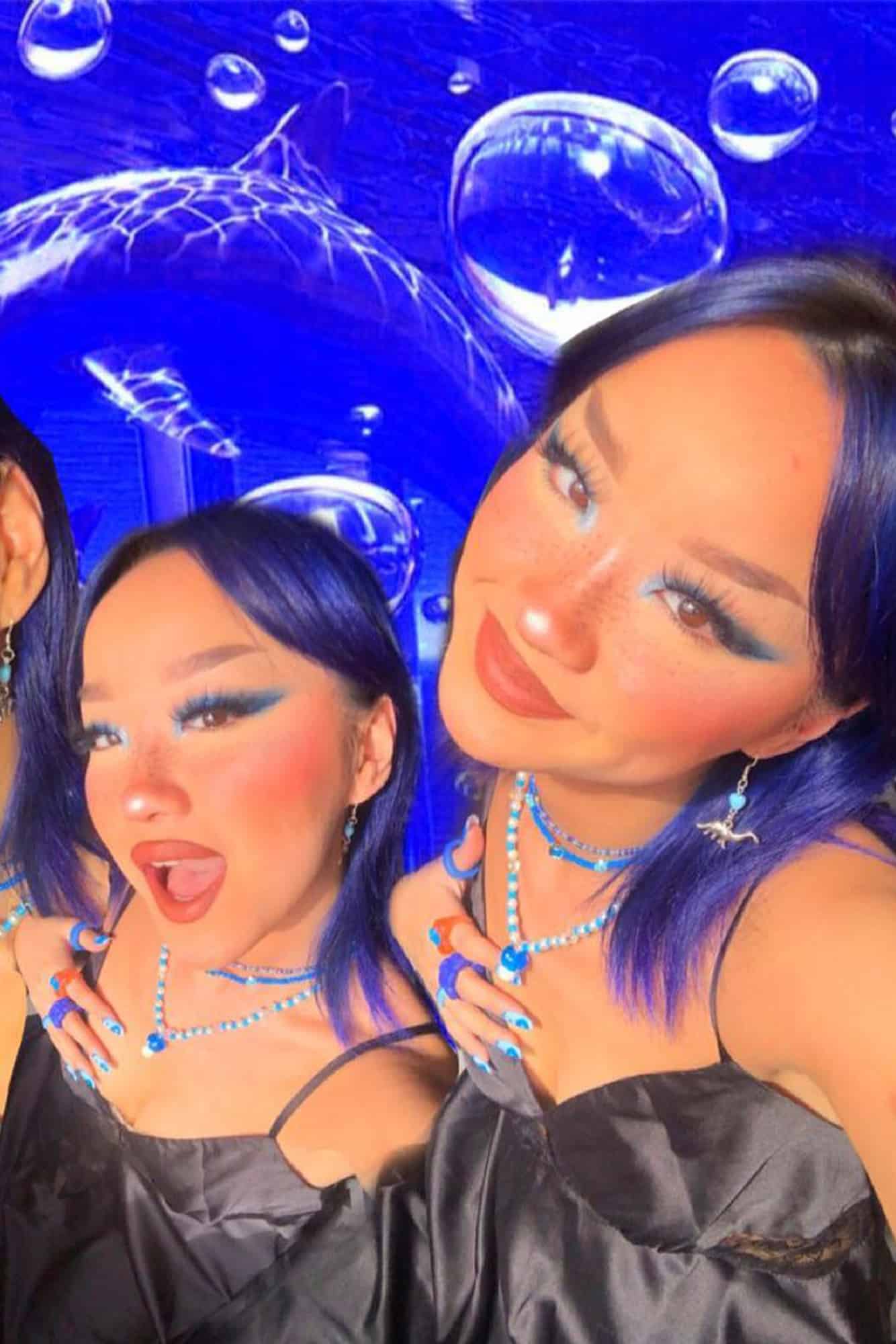You’ve heard of the Fiat 500 girl, now get ready to meet her younger, sparklier sister: the Oh Polly girl. TikTok’s version of a very specific breed of internet user is essentially just someone who loves very basic British things. Think bottomless brunch, Love Island, lash extensions, and ending every passive aggressive message or caption with a “xxx”, just to soften the blow.
What sets them apart from their Fiat-driving Twitter ancestors lies in the name. Over time, TikTok has come to associate this stereotype with the online fast-fashion retailer Oh Polly. The brand describes itself as the go-to place for “when you want to look a little bit extra”, and mainly retails form-fitting clothing that assumes we all attend dress-and-heel type events on a weekly basis. Its sales were up 140% in 2020 (pre-pandemic), bolstered by a steady stream of hauls from a very glamorous type of TikTokker. And thus the Oh Polly girl was born.
Oh Polly’s controversies
It’s the kind of success story we’ve seen a million times from the app. There’s a common notion that Gen Z hate fast-fashion, and yet brands like Bershka, Romwe and AliExpress have all found loyal audiences and thrived on TikTok, in spite of the long line of controversies that typically plague such unsustainable brands.
Oh Polly is no exception. In the last two years alone, the retailer has been accused of “nightmare” working conditions, casting models criticised for blackfishing, and failing to pay some of these models. Its biggest scandal came in 2019, when it decided to address the lack of inclusivity on its social media. Instead of diversifying the models and customers showcased on its main Instagram account, the brand decided to launch a second page – Oh Polly Inclusive – which focused on those of various sizes and ethnicities. Of course, the implication was that the brand didn’t want to interrupt its main page’s aesthetic (with the majority of those featured being skinny and white). When the backlash made headlines, the page was shut down.
Why Oh Polly thrives on TikTok
Yet there’s no shame in being an Oh Polly girl. The brand itself has caught on to the TikTok term, using it as an affectionate nickname for its ambassadors. Fashion TikTokkers such as Millie Thompson, Vritti Patel, and Jacqueline Fransway are all self-proclaimed Oh Polly girls, and many use the phrase independently of any sponsored partnerships just because they identify with its 24/7 luxurious lifestyle and aesthetic.
And what it really all boils down to is aesthetics. They dominate the TikTok fashion scene, and while brands that cater to all different aesthetics – such as Shein and ASOS – have their strengths, it’s those that adhere to one specific personality that wield real power. It’s why brands with cohesive aesthetics like House of Sunny, I Am Gia and Jaded London have Gen Z shoppers in such a chokehold right now, and it’s why retailers like Topshop lost their way. Appealing to a niche generates more brand loyalty than appealing to the masses; consumers recognise a part of themselves in the brand, making them much harder to renounce if they go astray.
Case in point: Oh Polly. Through all the controversies, its infamy on TikTok has only grown to the point of establishing itself as the uniform of an entire aesthetic personality. For now, the brand may just be scandal-proof xxx
By Chloe James, fashion and beauty editor of CORQ. Picture credit: Oh Polly via Instagram.





